Trending Now
Thursday, Nov, 2024
Home / Researchers From the Indian Institute of Astrophysics Developed Low-cost Star Sensor
Researchers From the Indian Institute of Astrophysics Developed Low-cost Star Sensor
The Department of Science and Technology (DST) stated that the Starberry-Sense is prepared for launch on the PS4-Orbital Platform by ISRO and can be utilized for CubeSats and further small satellite missions in upcoming years.
 by Pragti Sharma /
by Pragti Sharma /  21 Mar 2023 14:15 PM IST /
21 Mar 2023 14:15 PM IST /  0 Comment(s) / 205
0 Comment(s) / 205
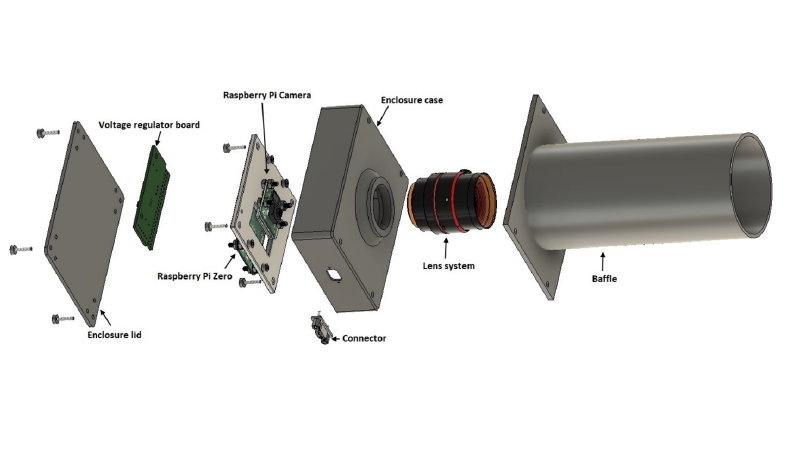
Image Courtesy : www.facebook.com/IndiaDST
Researchers at the Indian Institute of Astrophysics (IIA) have invented a low-cost star sensor for astronomy and small CubeSat-class satellite missions.
The star sensor titled Starberry-Sense can support small CubeSat class satellite missions to find their exposure in space.
The Department of Science and Technology (DST) stated that the Starberry-Sense is prepared for launch on the PS4-Orbital Platform by ISRO and can be utilized for CubeSats and further small satellite missions in upcoming years.
Based on commercial/off-the-shelf elements, this star sensor costs less than 10 percent of those available in the market. The brain of the instrument is a single-board Linux computer called Raspberry Pi, widely used among electronics hobby enthusiasts.
A Ph.D. scholar at the Indian Institute of Astrophysics (IIA) and the first author of the research, Bharat Chandra, said we coupled some highly optimised algorithms with a Raspberry Pi and turned it into a potent star sensor- StarBerry-Sense. We could indicate that instruments made from effortlessly available components can be qualified for space.
The Department of Science and Technology added that any satellite must know where it is pointed in space, and the instrument used for this objective is called a star sensor. The position of stars in the sky is set close to each other and can be used as a sturdy reference frame in order to calculate the orientation of a satellite in orbit. This step is accomplished by accurately identifying the stars in the sky towards which the star sensor is pointed. The star sensor is effectively a celestial compass.
The star sensor has successfully experienced the vibration and thermal vacuum test that allows it for space launch and operations. And these tests were carried out in-house at the environmental test facility- situated at the CREST Campus of the Indian Institute of Astrophysics in Hosakote.

EShort / February 16, 2024
IMS Noida Admissions 2024: Apply for UG, PG programmes

EShort / February 16, 2024
GATE 2024: Response sheet out

EShort / February 16, 2024
BSSTET 2023: Admit card released

EShort / February 16, 2024
NID DAT 2024: Prelims result released

EShort / February 16, 2024
IIT JAM 2024: Response sheet released

Jobs / February 16, 2024
UPSC Recruitment Drive 2024: Apply for 120 vacancies in various departments

EShort / February 14, 2024
UPSC CSE 2024: Official Notification issued; application process begins

Editor's Desk / April 17, 2020
How Does Society Impact Our Education?

Current Affairs / April 22, 2020
Mr. Sudarsanam Babu appointed to U.S. Science Board.

Reforms / April 17, 2020
Traditional Structure of Education In India
.jpg)
Events & Seminars / April 17, 2020
PISA!!
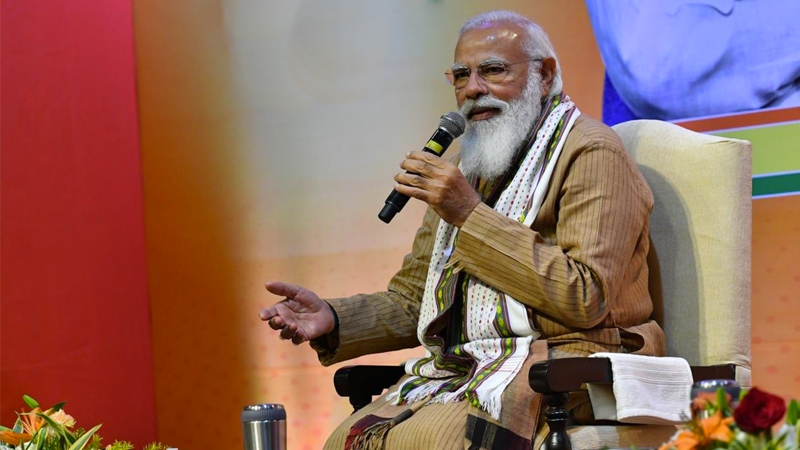
Blog / February 26, 2021
Government's Action On #ModiRojgaarDo

EShort / May 19, 2022
CUET PG 2025 has started the registration process.

Notice Board on Important Dates / April 21, 2020
World Heritage Day

News / July 08, 2021
JEE Mains Registration For Session 3: Last Date To Apply

EShort / December 14, 2021
UPSC Declared Final Result For DCIO Recruitment



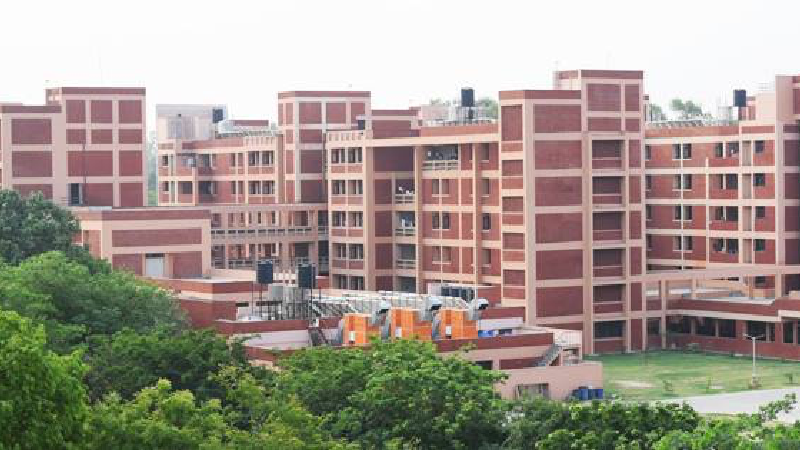









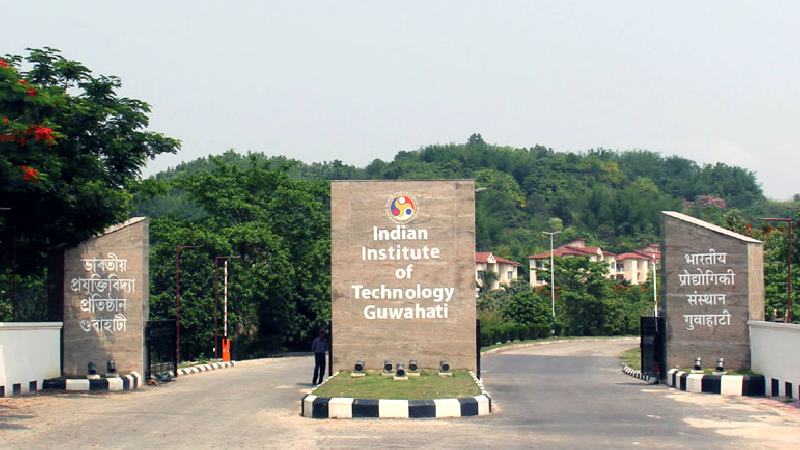




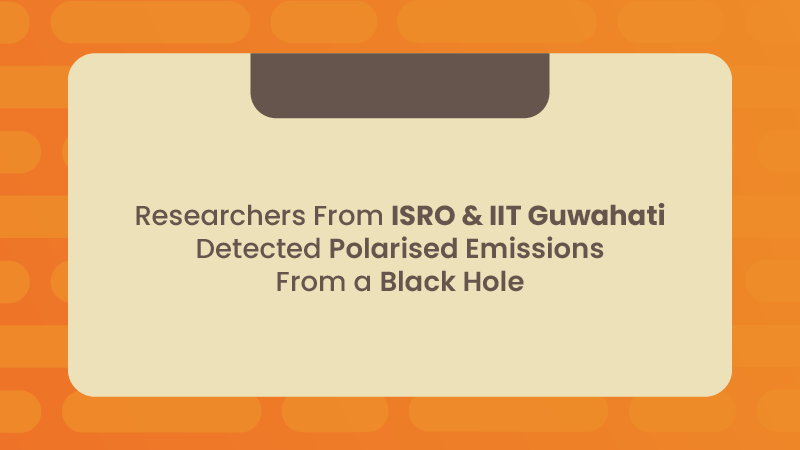


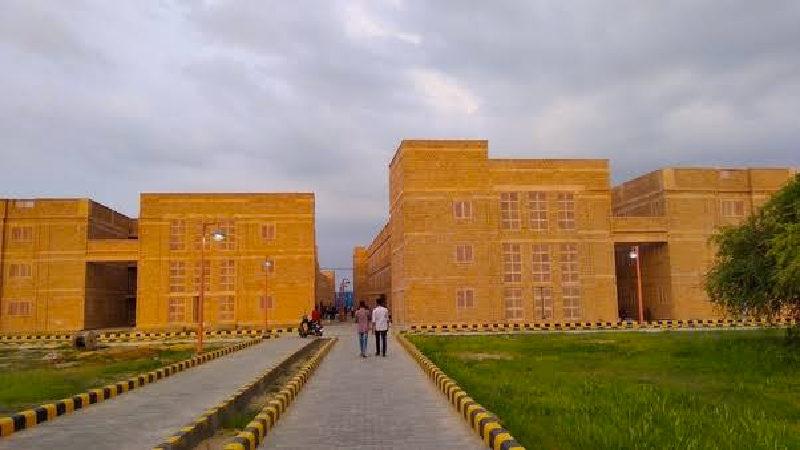

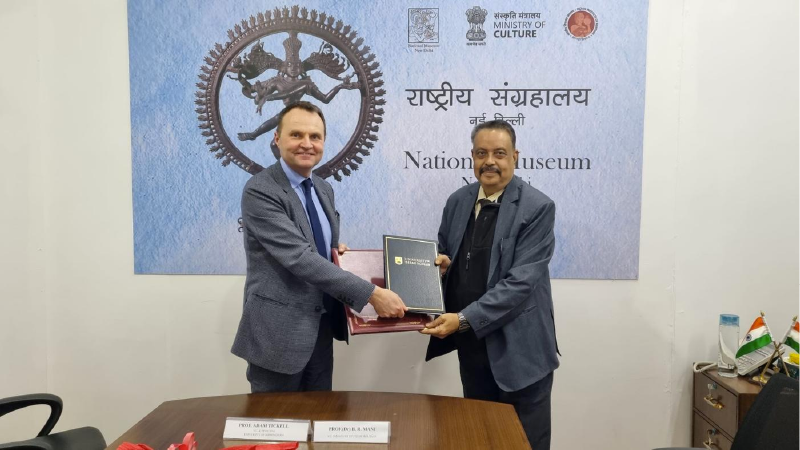
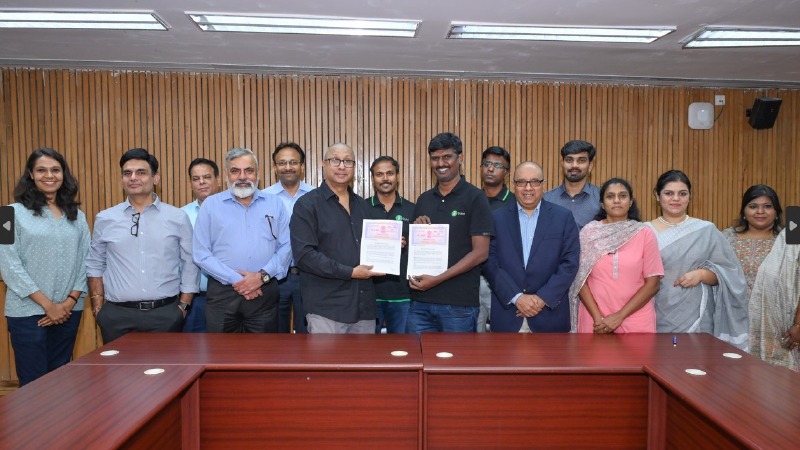
0 Comments
Post Comments